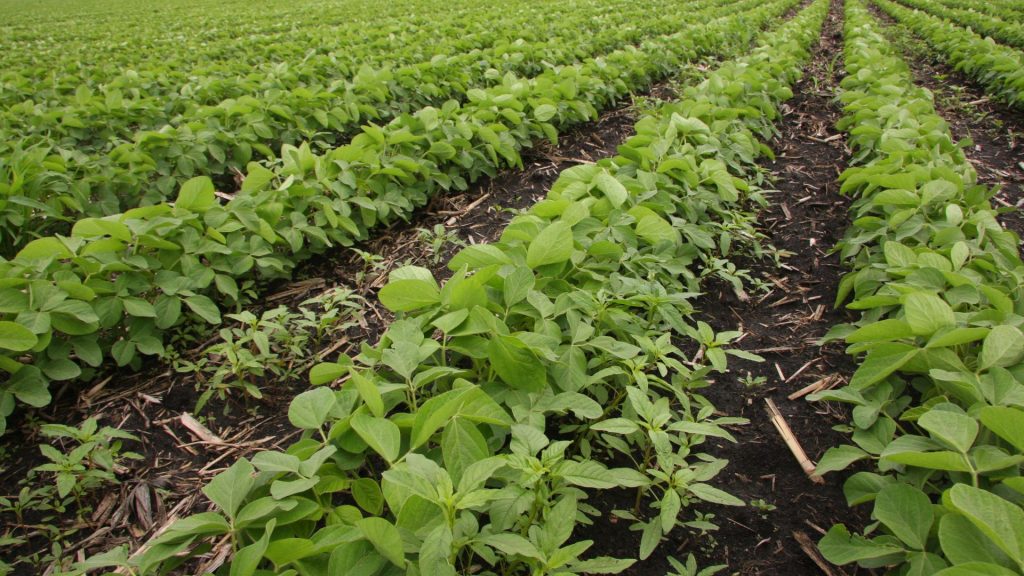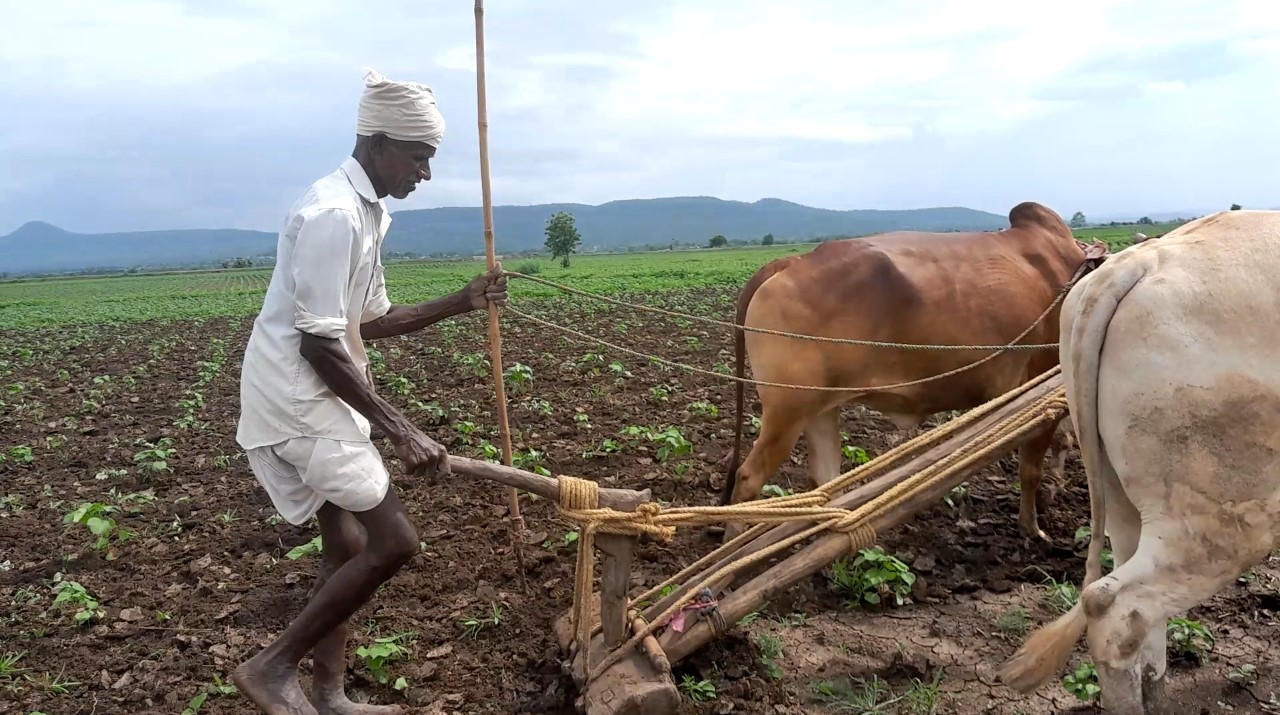How to apply conservation tillage to protect soil fertility
Reinventing the Arts of Tilling: A Modern to Traditional Perspective Again
The soil is the most important of all resources of the agri-food sector, and it has its own life and gives life to everything. It takes one generation to develop 10 cm of fertile soil naturally, yet human expenditures have drained 40% of soil fertility, pressured the ecosystem, and contaminated water bodies. Interstingly, while soil has the ability to boost and support life, its degradation can lead to extensive problems and instability of the agroecosystems, putting food security at risk.
With the progress of modern technology, heavy machinery usage has expanded, and the excessive application of synthetic chemicals such as herbicides, insecticides, and fungicides has deteriorated soil fertility and contaminated below- and above-ground water bodies. Today, there is an urgent need to focus on conservation and regeneration practices to maintain soil fertility for future generations’ survival.
Tillage strategies to support soil conservation
Proper tillage is one of the ways to rebuild soil’s natural fertility. Tillage is a method used by farmers before seeding. Proper tillage protects the soil’s fertility and retains organic matter; however, modern practices only focus on maximizing production rather than soil protection. As a result, multiple adjustments need to be made to protect soil structure and health, sustaining crop production at the same time. 
The steps towards protective/conservation tillage:
- Crop residues shouldn’t be removed since they are crucial for boosting soil fertility.
- Tilling the field should be done one month before the seeding season starts or one month before the first rainfall, whichever comes first. During tilling, the crop residues ought to be left in the field.
- Tilling soil mixed with residues can enhance soil quality because the mixing of residues and soil creates an aggregate that eventually encourages bacterial mobilization through decomposition. These bacteria can improve the soil’s fertility.
- The soil should be tilled to a depth of less than 4 inches before the seeding season begins, and the crop residues should be lifted from the soil and mixed with it through the tilling process. Tilling the soil deeper than 5 inches in the first tillage can expose the secondary layer of soil to sunlight, which can generate energy and stimulate weed growth in the soil.
- Tilling should spare the secondary layer of soil since it is naturally more productive than the upper layer. Altering the pH of the soil through secondary layer tilling may also have an impact on crop growth.
- The second tillage, if needed, should be completed one week before sowing/planting, and the soil depth machining should not exceed 5 inches. To improve soil tilth and help in the uniform spread of the crop residues, the farmer is advised to till transversely or in the opposite direction from the previous tillage.
- The final tillage should be done according to the sowing requirements. The seeds should be planted 2 to 3 inches deep in the soil, neither deeper nor shallower. This can provide the optimal conditions for soil aeration and plant growth.
Conclusion
The application of limited/reduced or conservation tillage is an essential method for increasing the fertility of the soil and the yield of crops. The tilling process should be carried out with caution, taking into account the characteristics of the soil, crop residues, and the requirements for sowing. Farmers can increase the quality of their soils, maintain the secondary soil layer’s natural productivity, and limit weed growth if they follow the suggested tillage procedures. Plant residue management can also encourage the mobilization and diversity of beneficial bacteria, further enriching the soil with organic matter. Therefore, tilling the soil is not just a physical activity but also a biological and chemical one that affects the ecosystem of the soil as well as the growth of the crop.










































































